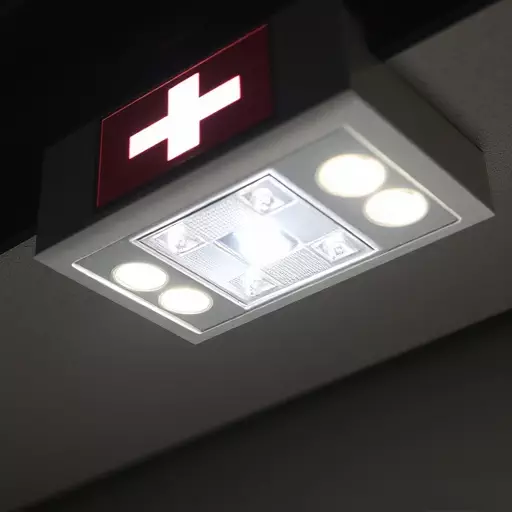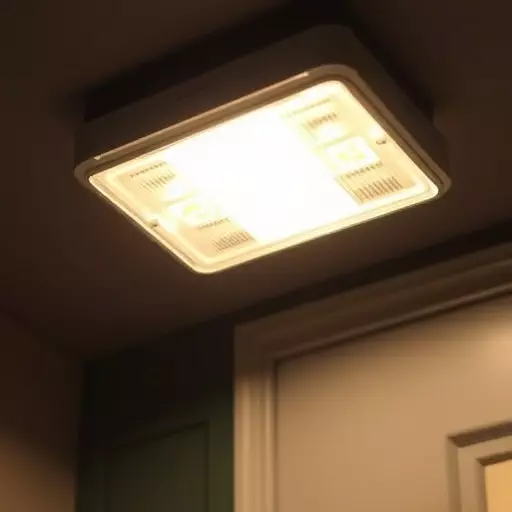Maintaining emergency lights in buildings is critical for safety. Common issues like dead bulbs, faulty wiring, corrosion, and water damage can be addressed through regular maintenance checks. Proactive management extends the lifespan of these systems, saving costs and ensuring reliability during emergencies. Understanding these problems involves recognizing flickering lights or lack of illumination during testing. In Jacksonville, a comprehensive emergency light repair process includes thorough inspections, testing, and timely repairs to prevent catastrophic failures. Benefits include enhanced safety, minimized downtime, cost savings, and reliable facility safety measures. Recognizing signs of needed repairs and implementing best practices after repairs maximize the benefits and extend the lifespan of emergency lights.
Extending the lifespan of your emergency lights is crucial for ensuring safety and minimizing disruption during power outages. This comprehensive guide explores the intricate aspects of emergency light maintenance. We delve into the common failures and early indicators that signal the need for repair. By understanding these signs, you can proactively address issues through a simple step-by-step repair process in Jacksonville. Additionally, we analyze the cost factors involved, offering insights to budget effectively. Discover best practices post-repair to maximize longevity and stay prepared for emergencies.
- Understanding Emergency Light Failure: Common Issues and Early Indicators
- The Importance of Regular Maintenance for Longevity
- Step-by-Step Guide to Emergency Light Repair in Jacksonville
- Decoding the Cost: Factors Influencing Emergency Light Repair Expenses
- Prolonging Lifespan: Post-Repair Tips and Best Practices
Understanding Emergency Light Failure: Common Issues and Early Indicators
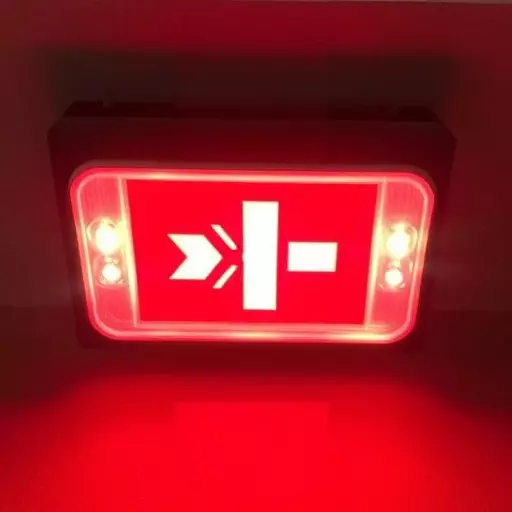
Understanding Emergency Light Failure: Common Issues and Early Indicators
Emergency lights are critical safety features in any building or facility, designed to provide illumination during power outages or emergencies. However, like any component, they are susceptible to failure if not maintained properly. The emergency light repair process in Jacksonville involves identifying common issues that can lead to malfunction. One of the most frequent problems is dead or burnt-out bulbs, which can often be spotted by dim lighting or complete darkness when testing the lights. Another prevalent issue is faulty wiring, causing either intermittent operation or complete failure to illuminate. Corrosion and water damage are also significant contributors to emergency light failures, especially in coastal areas or buildings with poor drainage.
Early indicators of an emergency light’s need for repair include flickering lights, prolonged time to reach full brightness, or the absence of any illumination during testing. Regular maintenance checks can help identify these issues proactively, extending the lifespan of your emergency lighting system and ensuring its reliability when it matters most. Understanding these common problems is the first step in implementing a robust emergency light repair process, which can be further enhanced by considering the benefits of regular upkeep and analyzing potential costs through a comprehensive emergency light repair cost analysis.
The Importance of Regular Maintenance for Longevity
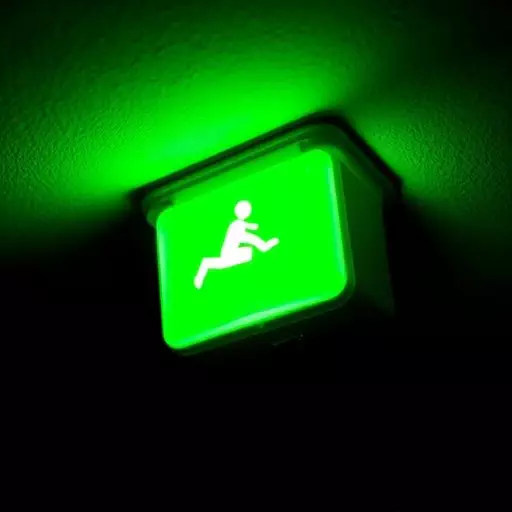
Regular maintenance is key to extending the lifespan of your emergency lights and ensuring they function optimally when needed most. An extensive emergency light repair process in Jacksonville, FL, involves meticulous inspection and testing to identify any signs of wear and tear or potential failures. By identifying these issues early on, you can prevent catastrophic failures during an actual emergency.
There are numerous benefits associated with regular emergency light repairs. It not only guarantees the safety and well-being of occupants but also minimizes downtime and costly replacements. An analysis of emergency light repair costs reveals that preventive maintenance is significantly more economical than reactive repairs or complete system failures. Staying proactive ensures your emergency lighting remains reliable, enhancing the overall efficiency and effectiveness of your facility’s safety measures.
Step-by-Step Guide to Emergency Light Repair in Jacksonville
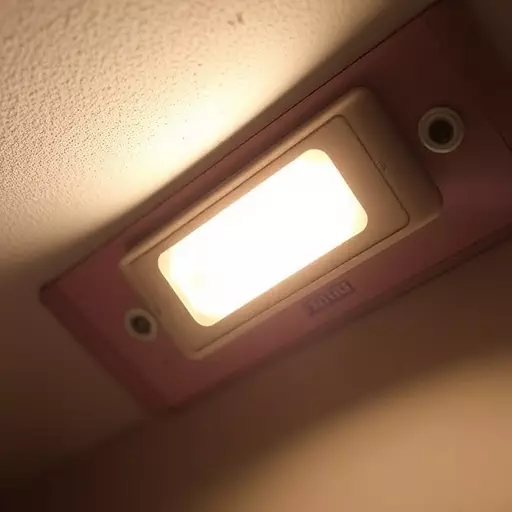
In many cities, including Jacksonville, proper maintenance and timely repairs of emergency lights are essential to ensure public safety. Here’s a step-by-step guide to help property managers and facility owners navigate the emergency light repair process in Jacksonville.
Regular inspection is key to identifying potential issues early on. Look out for dimming or flickering lights, as these could indicate worn-out bulbs or faulty wiring. If an emergency light takes longer than usual to reach full brightness or doesn’t activate during testing, it’s a clear sign that repair or replacement is needed. Regular maintenance also involves cleaning the lighting fixtures and ensuring the batteries are charged (in the case of battery-powered lights). By addressing these issues promptly, you can extend the lifespan of your emergency lighting system, reducing costs associated with frequent replacements and avoiding potential hazards during emergencies. The benefits of emergency light repair far outweigh the costs, considering the improved safety and peace of mind it provides for both occupants and authorities during critical situations.
Decoding the Cost: Factors Influencing Emergency Light Repair Expenses

Decoding the Cost: Factors Influencing Emergency Light Repair Expenses
When it comes to emergency lighting, the repair process in Jacksonville is more than just replacing a burned-out bulb. The cost of emergency light repair can vary significantly based on several factors. First and foremost, the complexity of the repair itself plays a crucial role—whether it’s as simple as swapping out a faulty component or involves intricate wiring and system diagnostics. Additionally, the availability and accessibility of the lighting unit can impact expenses; hard-to-reach fixtures may require specialized equipment and labor, driving up costs.
Other considerations include the type of emergency light being repaired and the current state of its components. Older models might need more frequent repairs and could be more expensive to service due to the availability (or lack thereof) of replacement parts. Moreover, the benefits of regular maintenance cannot be overstated; well-maintained emergency lights not only extend their lifespan but also ensure optimal performance when it matters most. By addressing signs an emergency light needs repair, Jacksonville businesses can avoid costly emergencies and enjoy the peace of mind that comes with reliable lighting solutions.
Prolonging Lifespan: Post-Repair Tips and Best Practices

After undergoing the emergency light repair process in Jacksonville, implementing certain best practices can significantly extend the lifespan of your lights. One of the key aspects is regular maintenance; scheduling routine checks to ensure all components are functioning optimally. This includes inspecting bulbs, batteries, and control systems for any signs of damage or wear. Addressing issues promptly, such as a flickering light or a failed battery, can prevent more severe problems down the line.
Additionally, consider the environment in which these lights operate. Extreme temperatures can affect their performance, so proper ventilation and protection from harsh weather conditions are essential. Using appropriate fixtures and ensuring they are correctly installed also contributes to longevity. Regular cleaning of the light fittings and surrounding areas is another simple yet effective practice, as dust and debris buildup can obstruct light output. By combining these post-repair tips with timely maintenance, you can maximize the benefits of emergency light repair and enjoy a longer-lasting, more reliable lighting system, potentially saving on emergency light repair cost analysis in the long term.
